Product Description

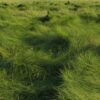
Spartina bakeri – Cord Grass
Native/Non-native – Native
Hardiness Zone – 6-9
Sun – Full sun
Moisture – Wet to dry
Size – 4-5′
Comments
* Drought tolerant once established
Description
3 to 5 feet
Fast rate of growth
Full sun
Excellent salt and drought tolerance; will tolerate moist, well-drained soil
Zones 7 to 10
Ornamental, clump-forming, somewhat fine-textured, perennial grass with arching rolled leaves. Attractive year round.
Description
Sand cordgrass is a large bunch-forming grass (usually without runners) that gets 4-6 ft (1.2-1.8 m) tall. The leaves are rolled, almost wire-like and a little sandpapery (but not sharp) to the touch. The stems and leaves arise in a dense cluster and curve out and down to take up a space equal to the clump’s height. The whole plant is brownish-green: more green in summer and more brown in winter, but never as brown as pampas grass gets in winter.
Location
Most of the cordgrasses (there are about 15 species) grow only in brackish or salt marsh habitats. Sand cordgrass grows in brackish marshes but also in freshwater marshes and lake margins in SE Georgia and Florida.
Sand cordgrass is an excellent low maintenance choice for commercial plantings.
Culture
Light: Full sun is best.
Moisture: Occurs naturally in wetlands and grows best in moist sandy soils. Sand cordgrass is surprisingly drought tolerant, however, and can be used anywhere in the landscape.
Hardiness: USDA Zones 8 – 10. Hardy at least to USDA Zone 8, and probably hardy to zone 7.
Propagation: Divide pieces of the root in summer.
Usage
Sand cordgrass is truly an under-appreciated and under-used ornamental landscape plant. It can be grown at the water’s edge or in high and dry situations. It makes a dramatic statement in any setting. Use it alone or massed in groups in large landscapes. (It’s too big for small gardens.) Sand cordgrass is used in golf courses and large commercial landscapes in Florida. It is very salt tolerant. It makes a good divider between water-front properties. It is used to control erosion along canals and ponds.
Dense plantings of sand cordgrass are attractive and inhibit the growth of weeds.
Features
The related prairie cordgrass (Spartina pectinata) is the only cordgrass generally found in cultivation (and the only one listed in Hortus Third), but that is changing as more gardeners discover the beauty and utility of sand cordgrass.
In north-central Florida the ground-water aquifer has dropped during the last few decades (the result of over-pumping) and caused many lakes to drop way down. Sand cordgrass continues to thrive in sandy soils more than 100′ upslope from lakes where it has been stranded high and dry for more than 25 years.
The dry flowering stems are attractive in dried arrangements. The seeds are important wildlife food.
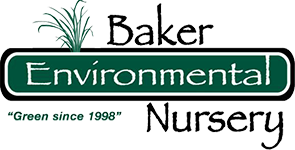

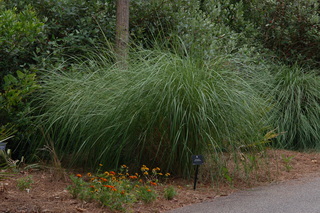

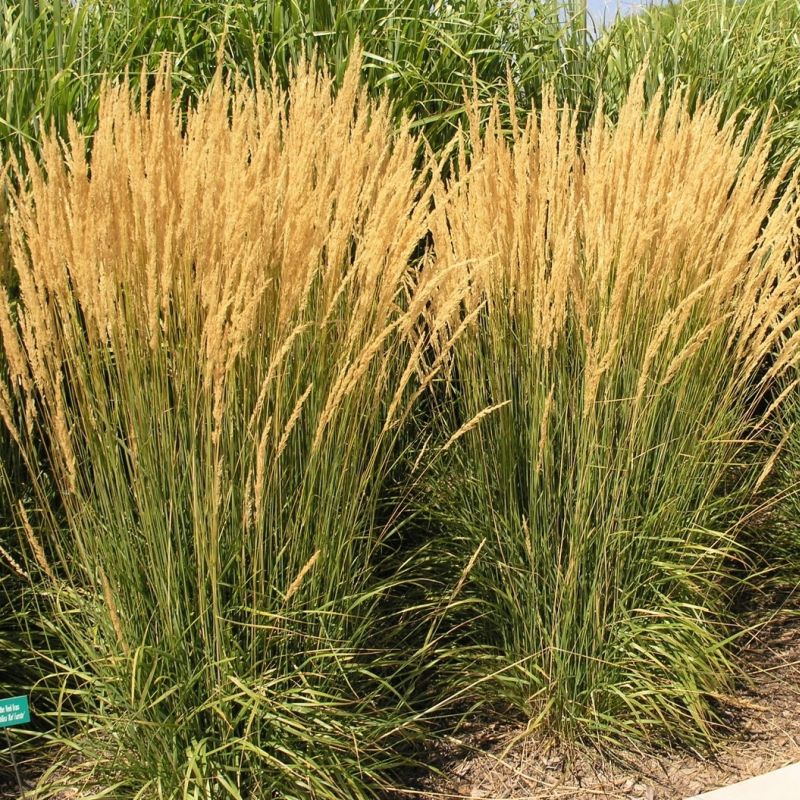
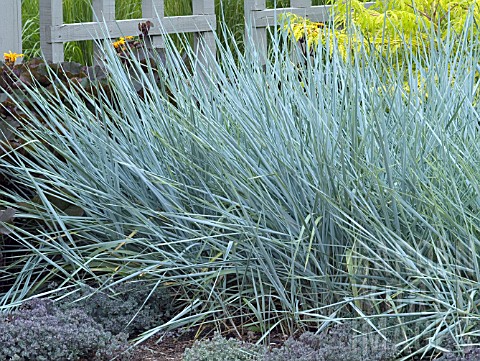


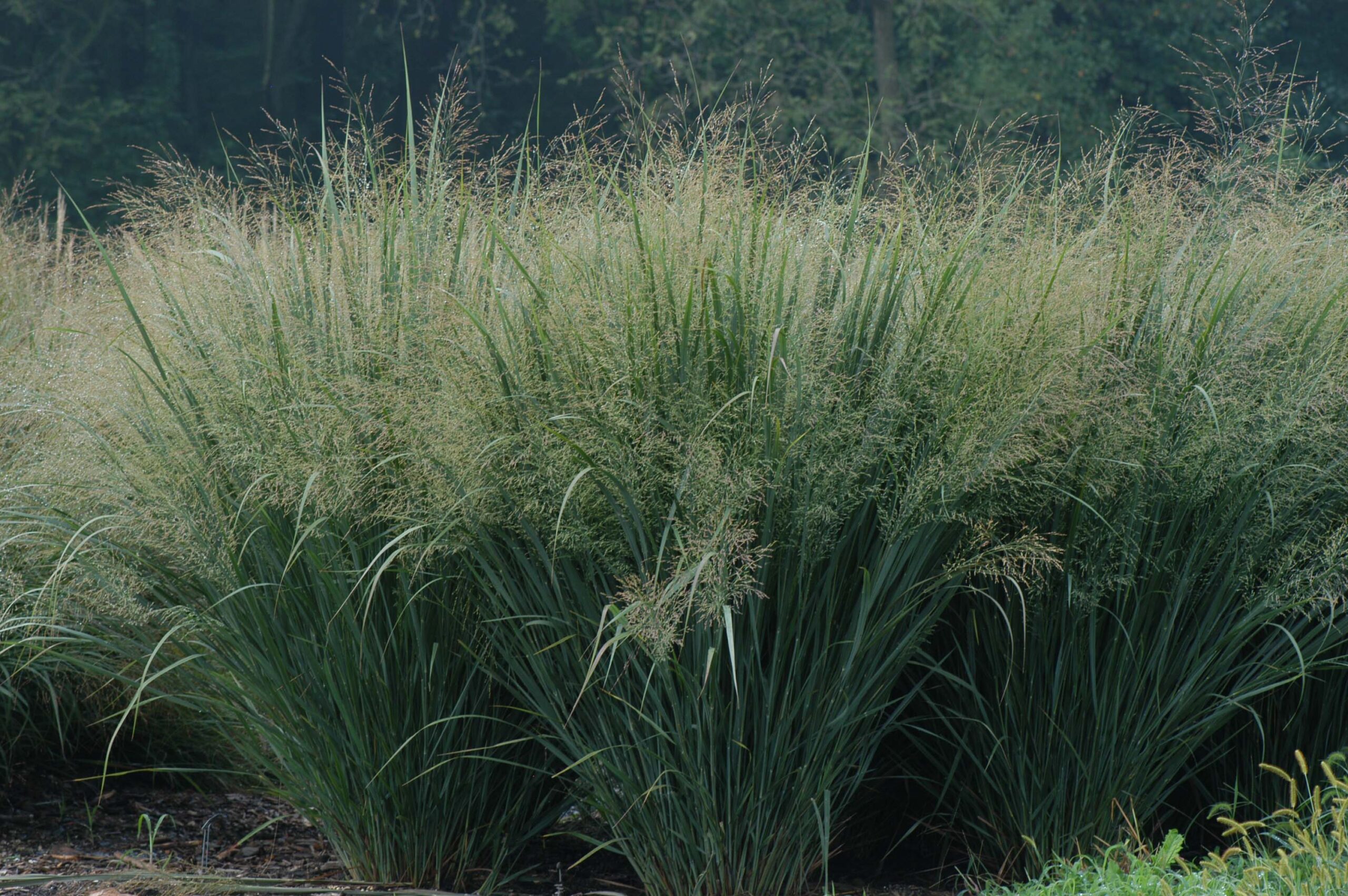

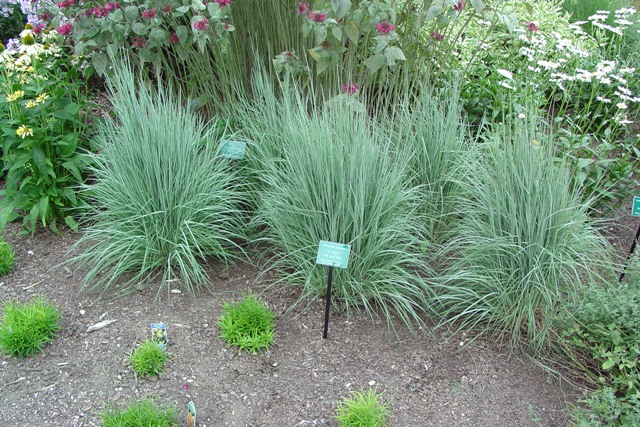

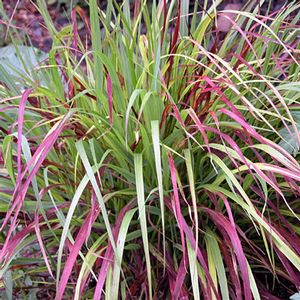
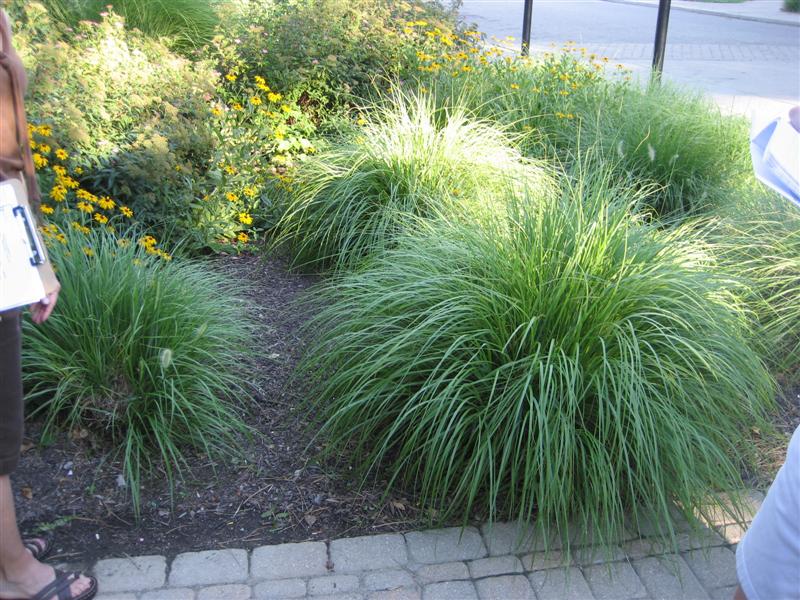
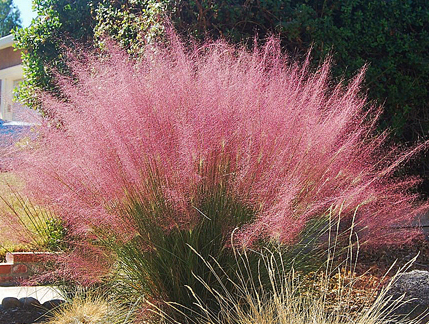
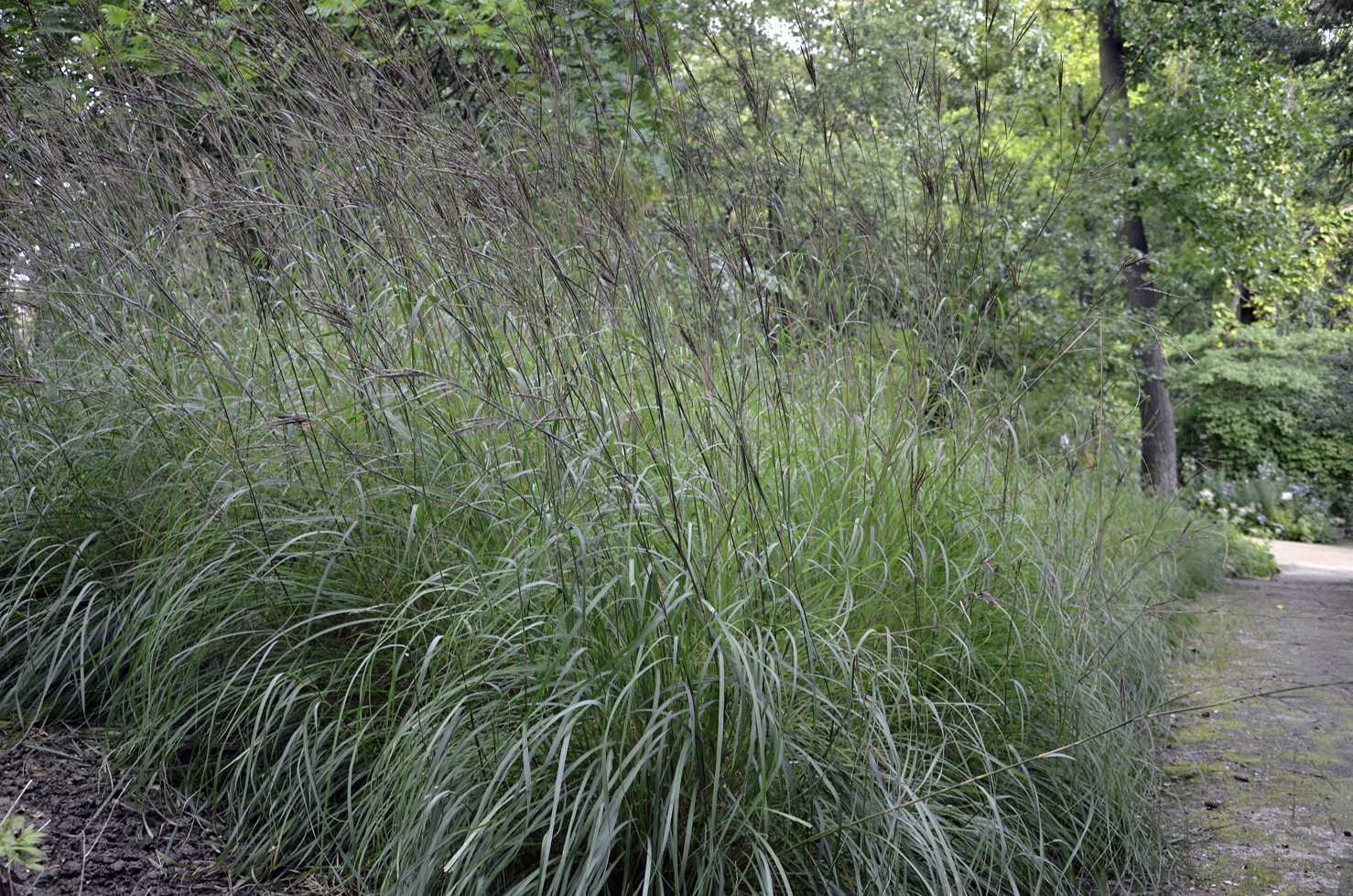
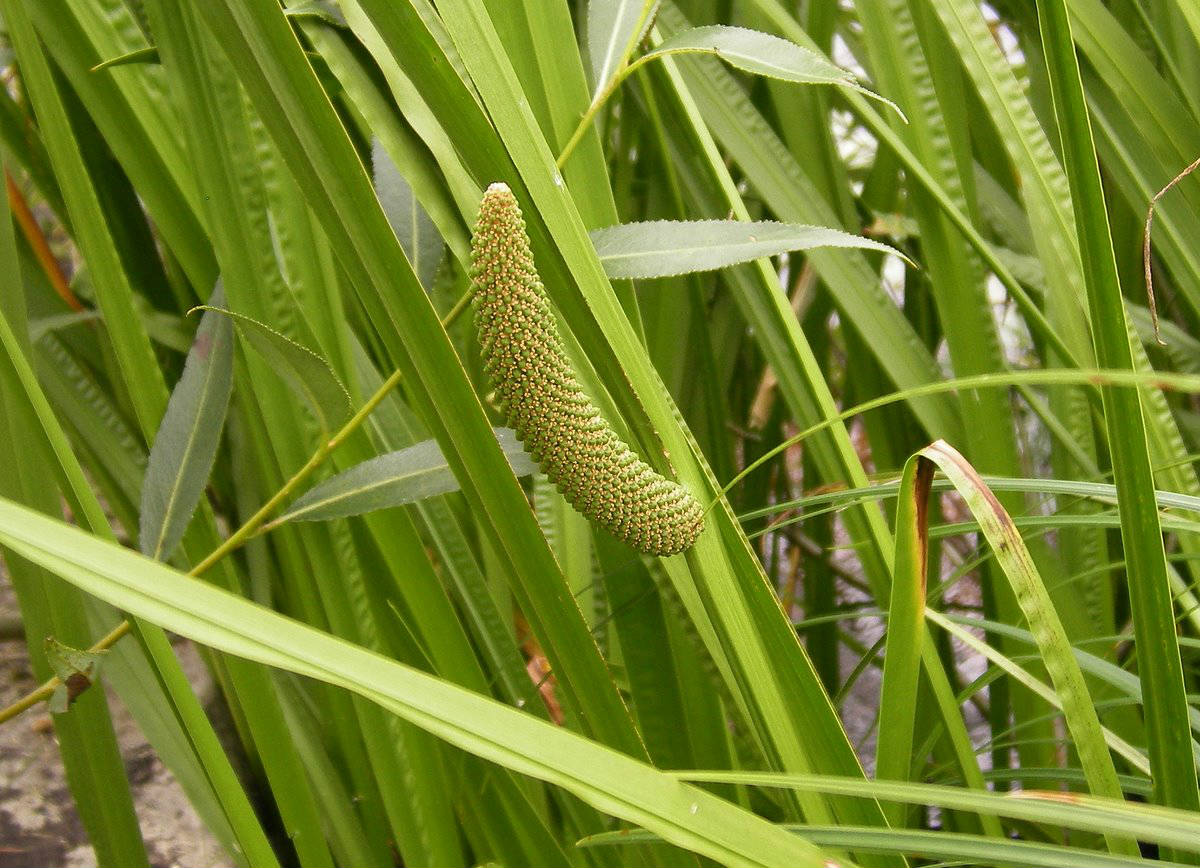
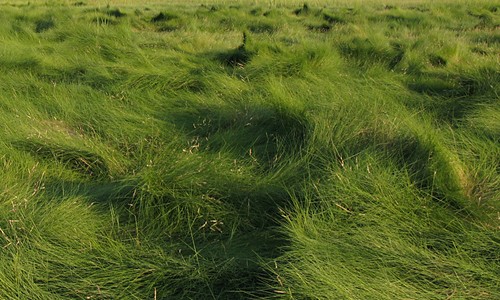

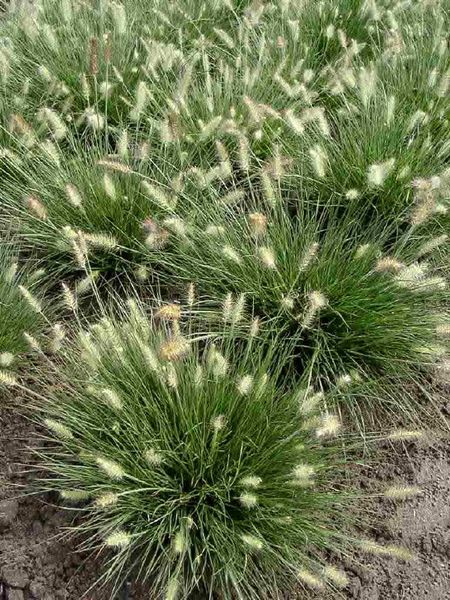

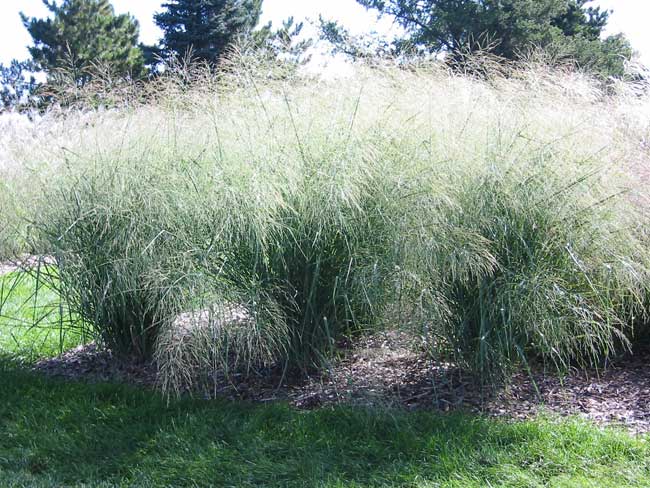

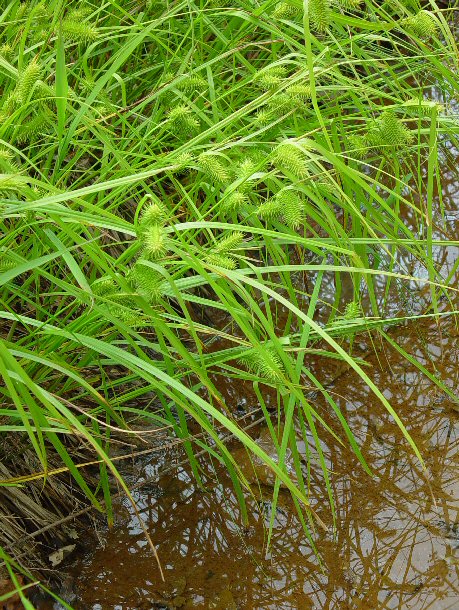


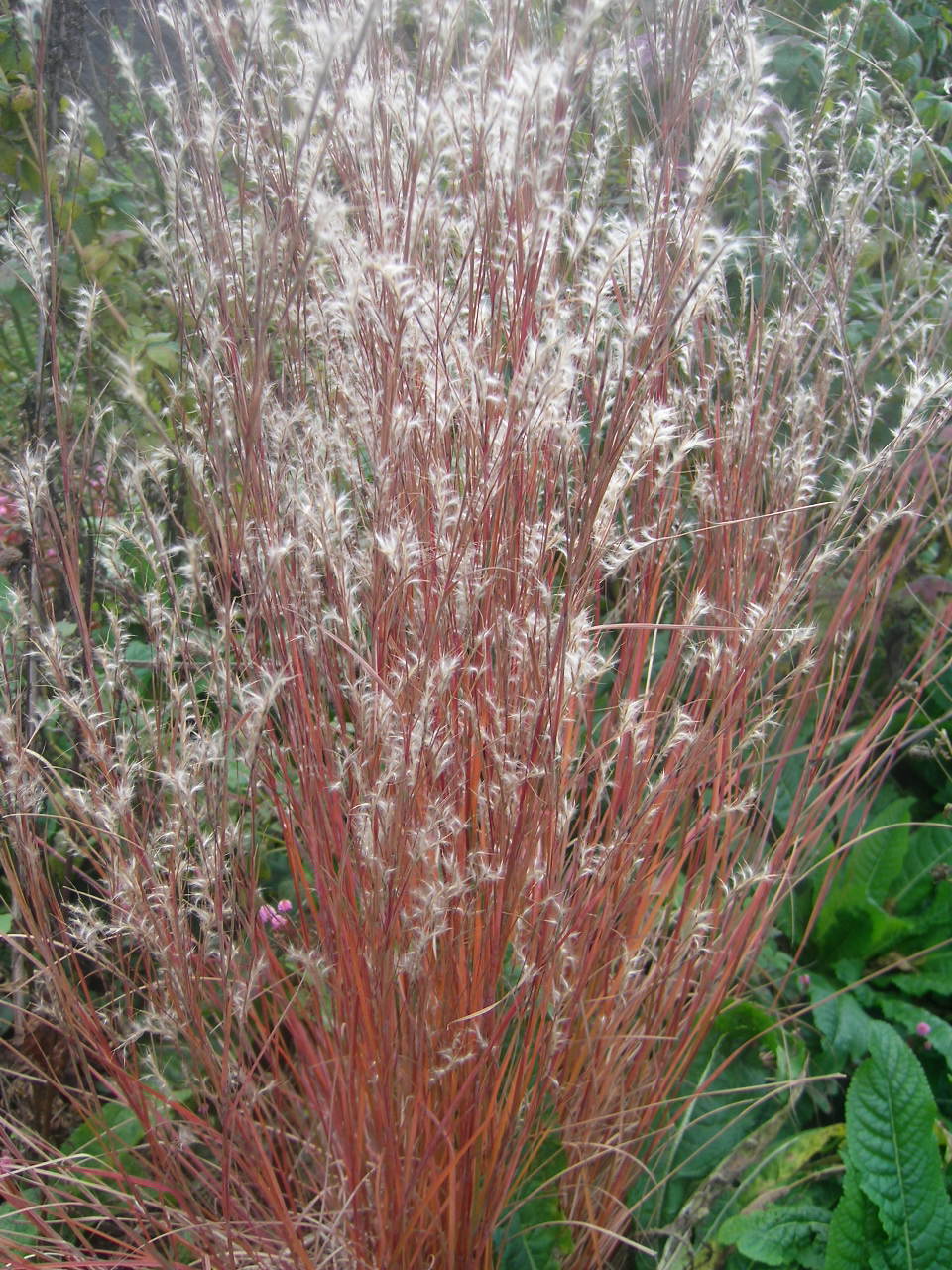

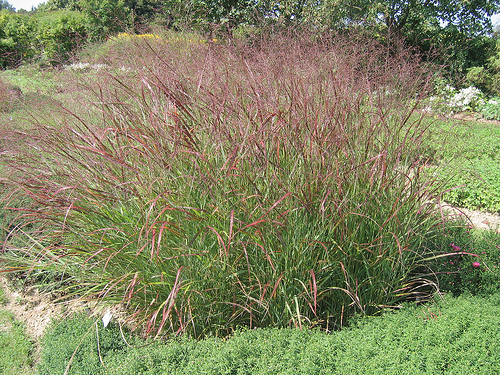
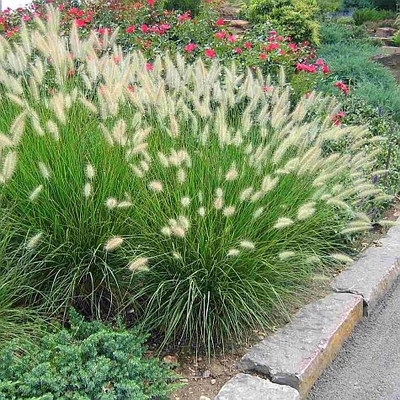
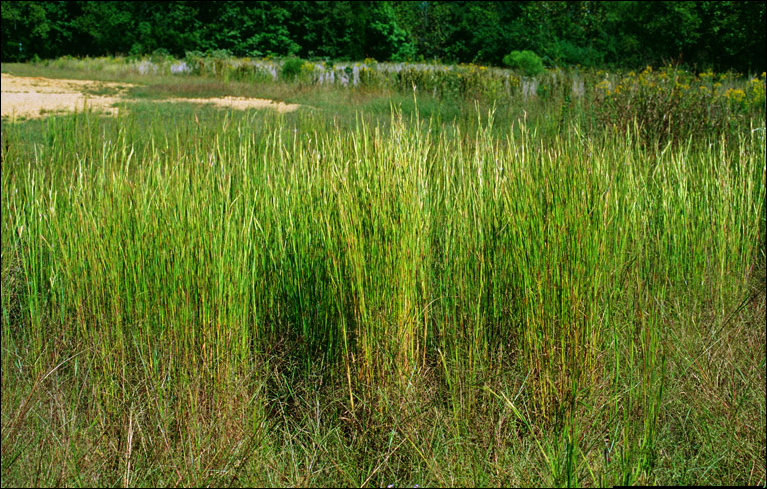
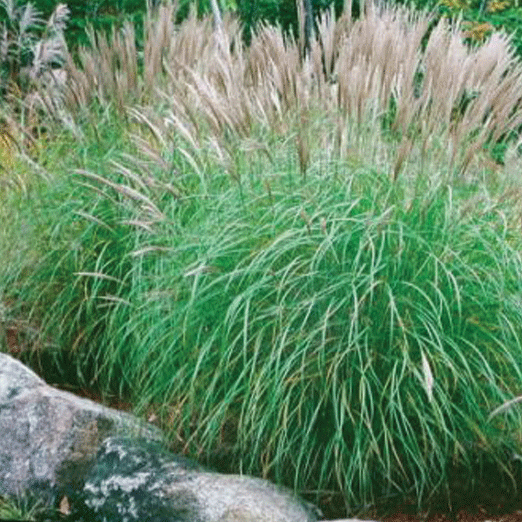

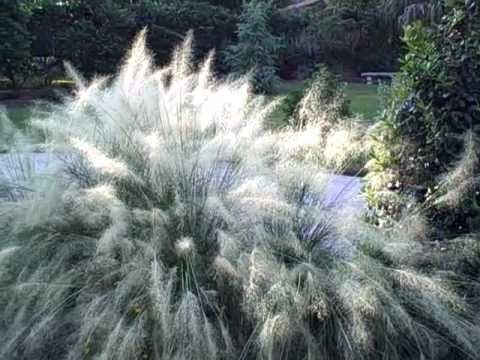
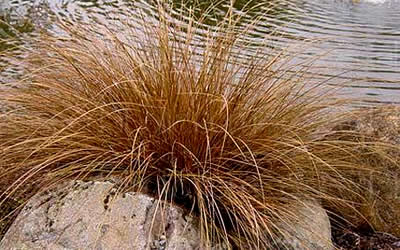
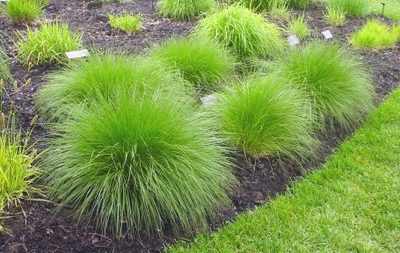

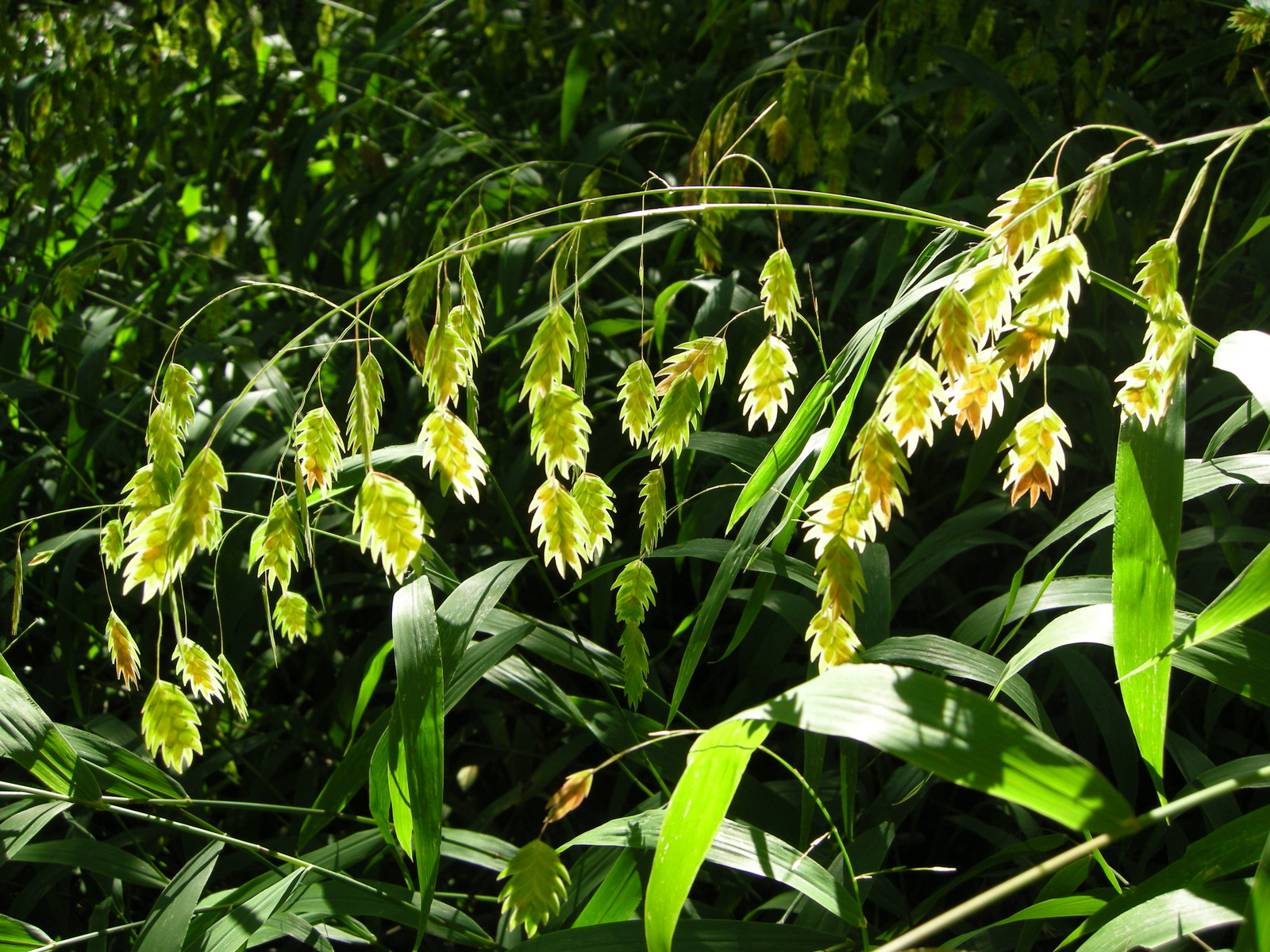
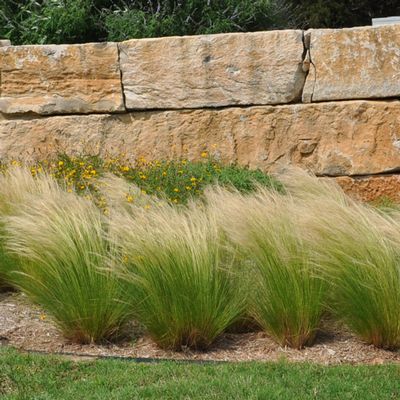
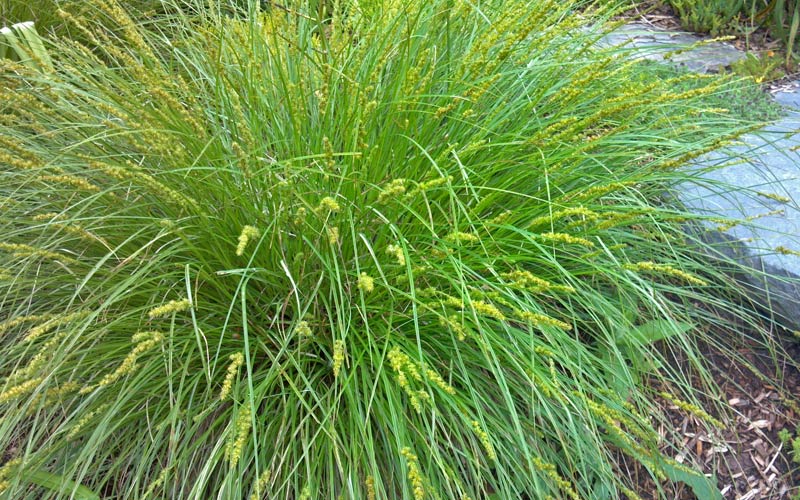

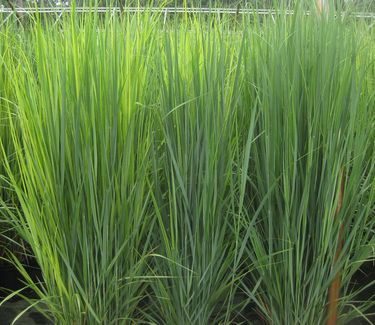
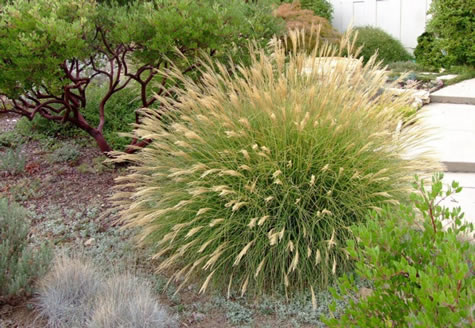
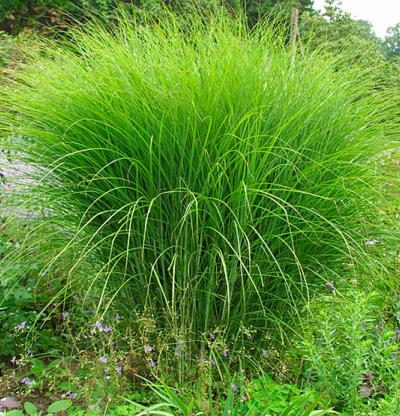
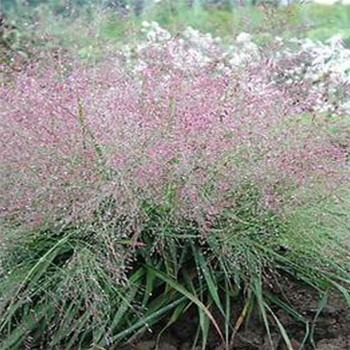

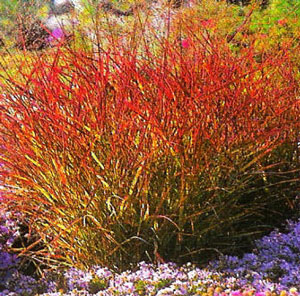
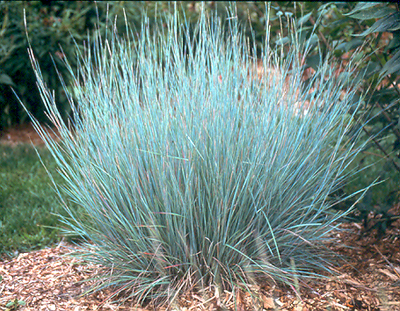
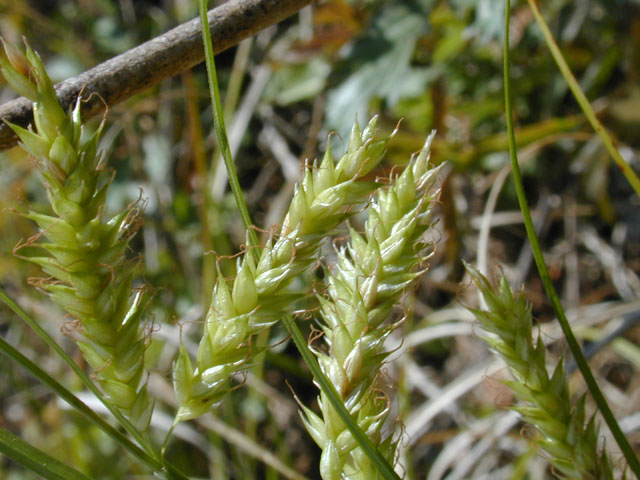
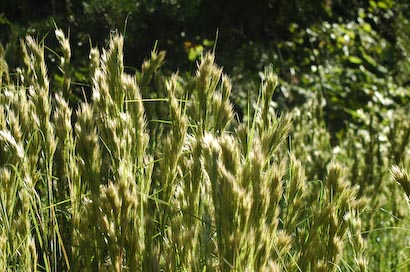
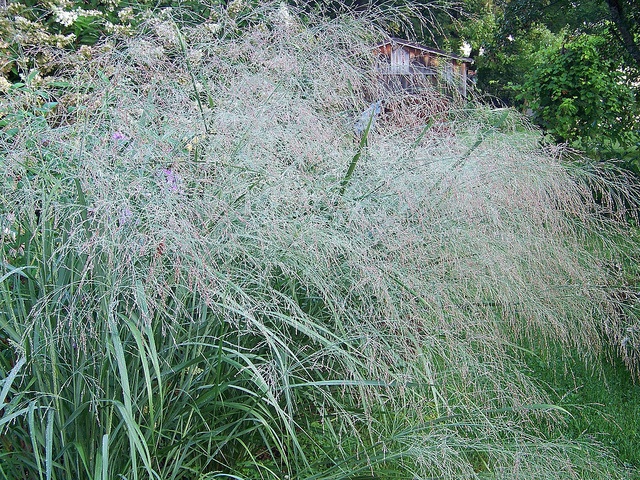
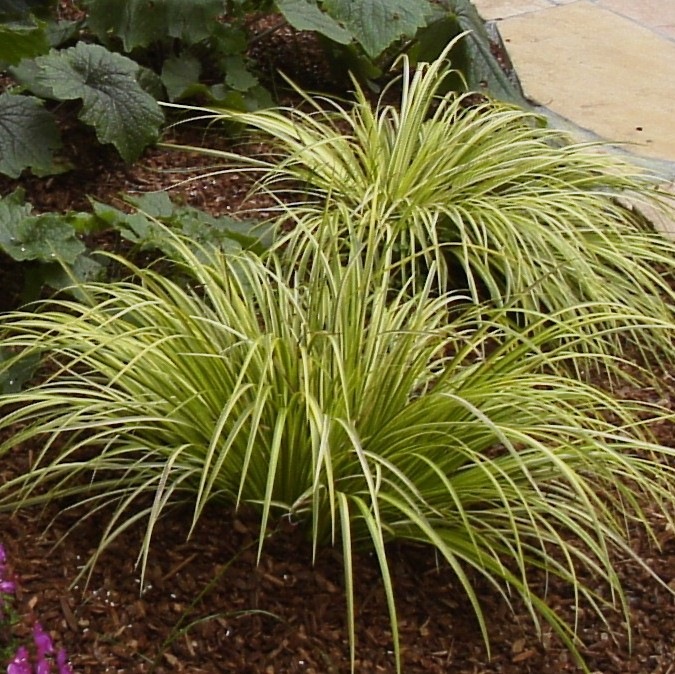
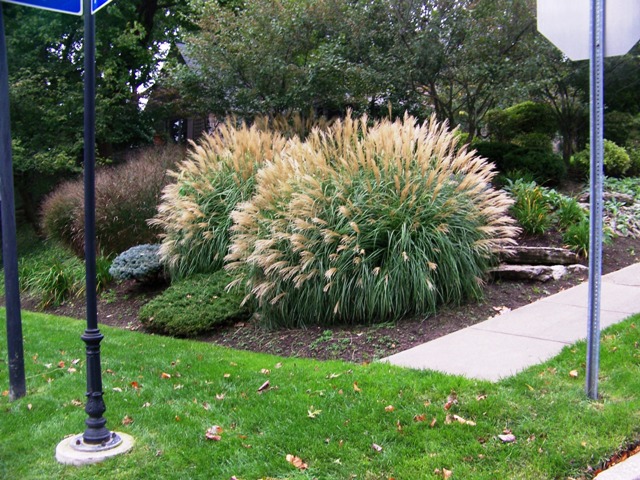
Reviews
There are no reviews yet.